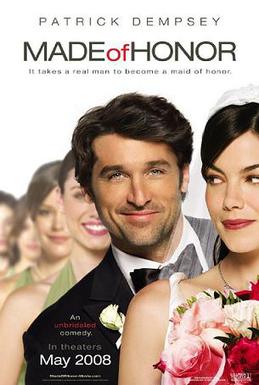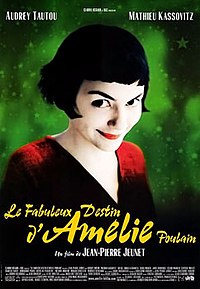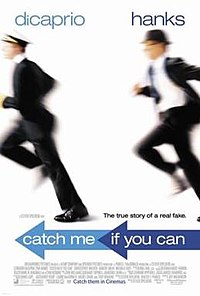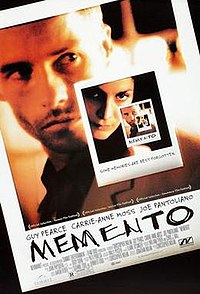Lists
















37 Movies
Drama's Movies (by Soto)
Sort by:
Recent Desc
More lists by Eric Soto



Movies To Watch Later (by Soto)
List includes: Made of Honor, The Proposal, 12 Monkeys
July 2021
0
@ericsoto.exe



Romance's Movies (by Soto)
List includes: 500 Days of Summer, The Time Traveler's Wife, Amélie
July 2021
0
@ericsoto.exe



Comedy's Movies (by Soto)
List includes: The Devil Wears Prada, Catch Me If You Can, Amélie
July 2021
0
@ericsoto.exe



Anime's Movies (by Soto)
List includes: Spirited Away, Howl's Moving Castle, The Girl Who Leapt Through Time
March 2021
0
@ericsoto.exe



Animated Movies (by Soto)
List includes: Shrek, Up, Toy Story
March 2021
0
@ericsoto.exe



Saga's Movies (by Soto)
List includes: The Dark Knight, Shrek, Jurassic Park
March 2021
0
@ericsoto.exe



My favorites Movies (by Soto)
List includes: Amélie, Moneyball, Green Book
March 2021
0
@ericsoto.exe



Suspense's Movies (by Soto)
List includes: Angels & Demons, Inside Man, The Da Vinci Code
March 2021
0
@ericsoto.exe



Time's Movies (by Soto)
List includes: Back to the Future, Memento, The Time Traveler's Wife
March 2021
0
@ericsoto.exe